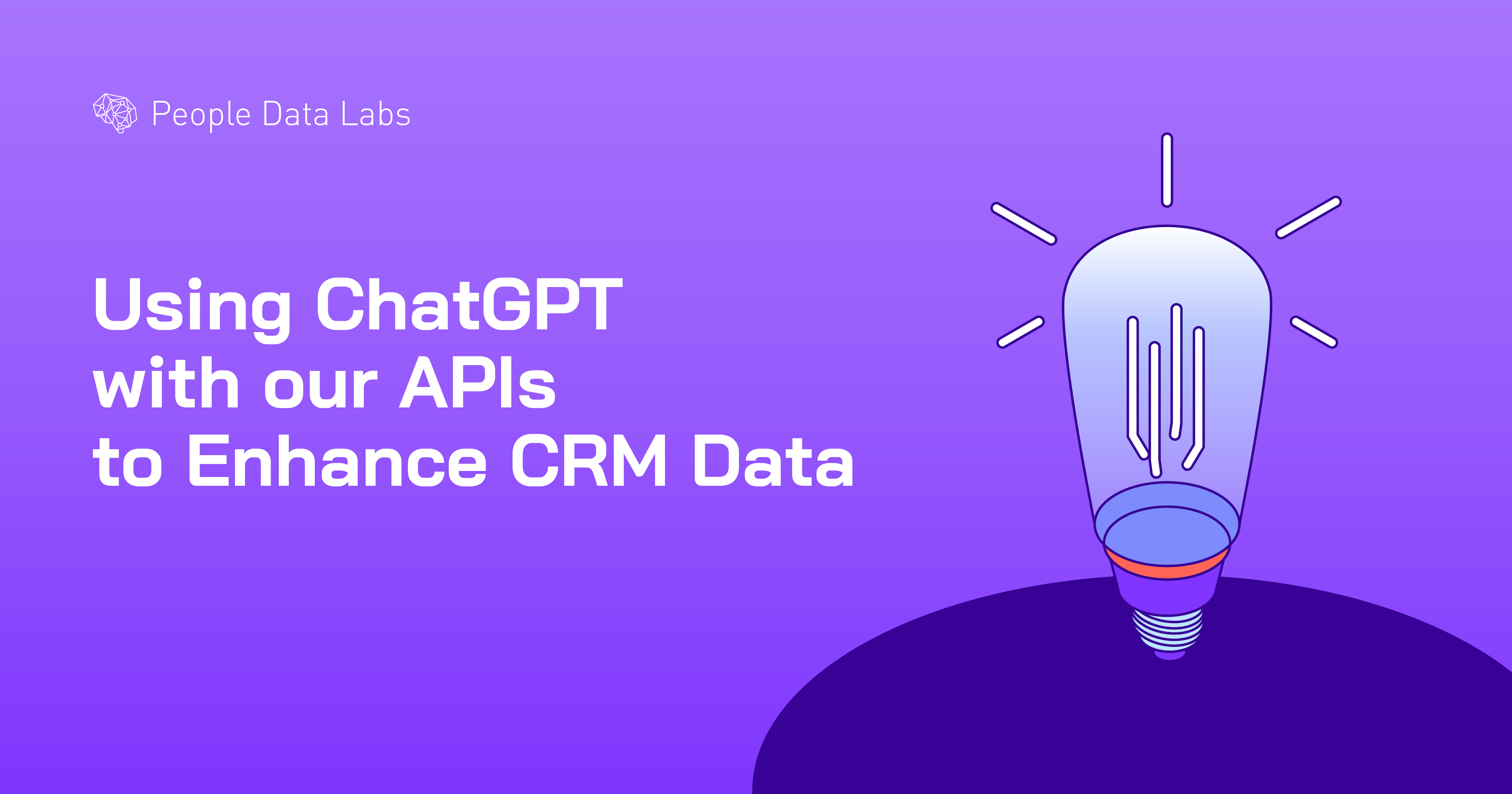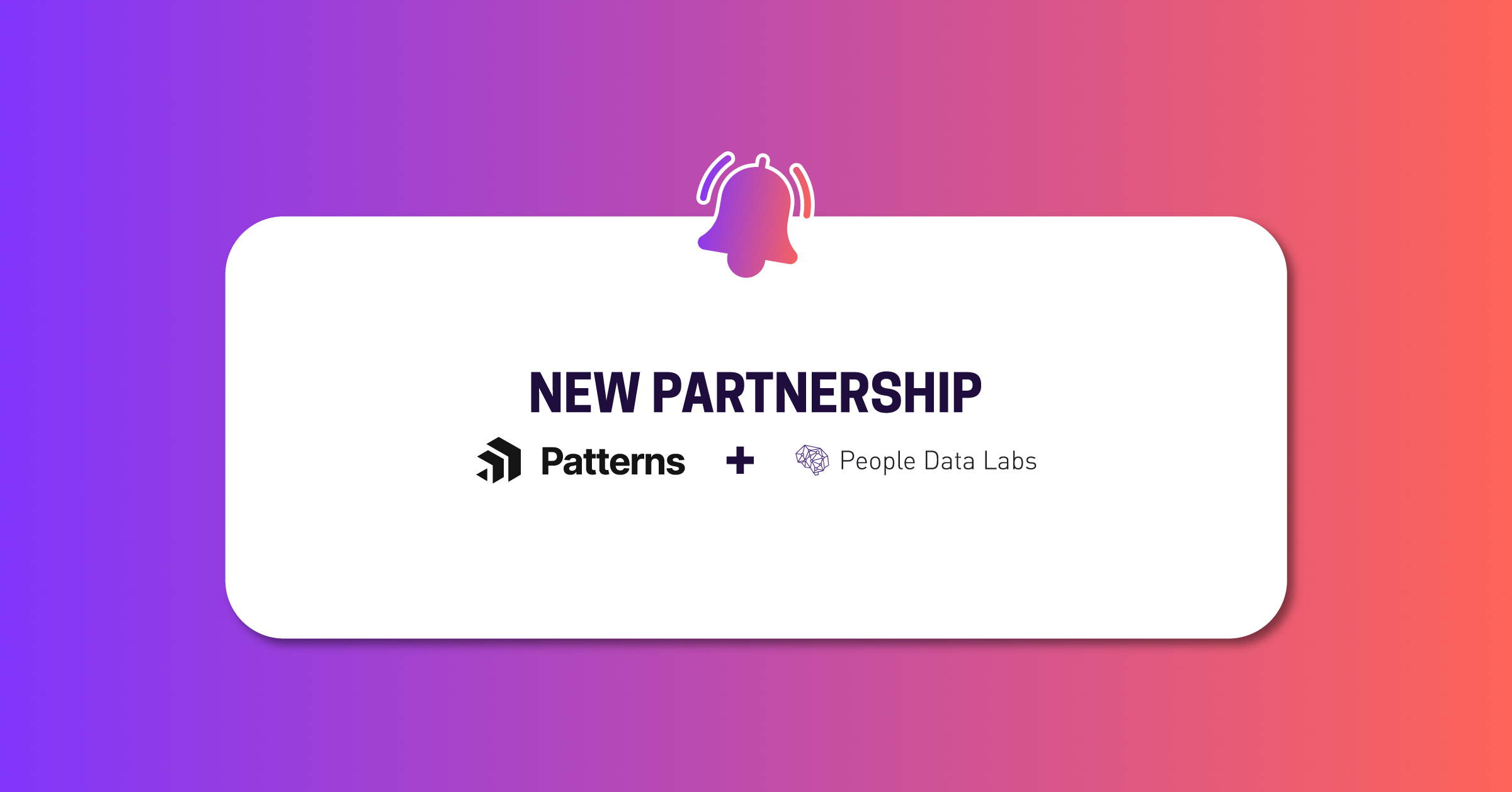
How B2B Data Powers Growth Marketing
March 17, 2022
Table Of Contents
This article is part 4 of our ongoing identity series. To read the previous blog, click here. To read part 1, click here.
What is Growth Marketing?
Growth marketing takes a holistic view of the marketing funnel and aims to improve conversion at every point along that funnel in an agile manner. The more businesses understand about their customers and prospects, the more conversions these marketing efforts will ultimately yield.
In contrast to traditional marketing strategies, which are typically static and focused on producing marginal results, growth marketing applies a more agile, experimental approach. However, it requires a keen eye for performance analysis, and the ability to rapidly adapt to changing customer traits and needs.
Growth marketers apply testing methodologies, such as A/B and multivariate testing, to get a clear understanding of how effective their campaigns are. This allows them to continuously optimize around the actions that resonated best with their customers. Some industries also loosely refer to this practice as “growth hacking”.
In simplest terms, growth marketing can be explained in 3 repeating steps:
Experiment
Test
Expand
The goal of growth marketing is to maximize efficiency through personalization; increasing marketing effectiveness while using the smallest amount of time and money spent learning about best-fit people possible.
What Does Successful Growth Marketing Look Like?
Whether you realized it or not, you’ve probably interacted with a growth marketing campaign as a consumer. Some tactics you may recognize include:
Loyalty and referral programs
Subscription-based services
Thought leadership/top of funnel engagements such as podcasts, video series, webinars, or events
Self-service product trials
And, nearly all of today’s innovative companies use growth marketing as a core foundation of their success. Some examples:
Red Bull and Monster discovered and fostered their market segments (thrill and energy seekers) with their sponsorship and organization of popular events like the X Games and Formula 1.
Netflix entered the video rental market through actual media delivery, but as they understood their subscribing customers' behavior, they successfully expanded into digital offerings and optimized their content to fit what their customer data indicated was working.
Using growth marketing, companies get a more advanced understanding of what resonates with prospects and existing customers, and can ultimately build strong, lucrative relationships over time.
The Data Demands of Growth Marketing
The data that powers growth marketing is not that different from data needed in traditional marketing activities: contacts, location, experience, or social media profiles. For growth marketers, freshness is what gives data its value.
To execute growth marketing successfully, you must meet some important data requirements:
Data Enrichment
Is your business’ data accurate and up to date? Can you learn more about recently opted-in prospects?
A great place to start is with the data that you already have. If this data is static, odds are some or most of the data is out of date if it hasn’t been updated in the past quarter.
Data Analysis
Do you know which prospects have shown considerable interest through methods like lead scoring, or have a complete understanding of your customers that have already converted?
Business data is most valuable when it allows you to identify windows of opportunity in a timely manner.
Data Accessibility
If you don’t have the right data or need more, do you have a means of efficiently and compliantly searching for and attaining business, consumer, candidate, etc. data to find the right people?
Searching for the right people via a reliable data source is much easier than scraping a multitude of sources for targeted personas. For example, with People Data Labs’ Search APIs, a business can easily access robust data of people that live in a target area and/or have a certain amount of experience within a certain job title.
Growth Marketing Challenges
Growth marketing requires both patience when devising campaigns and urgency to react to trends. It’s easy for marketers to get lost in all of the segments and results if they do not remain attentive. When applying growth marketing strategy, keep in mind some of the biggest challenges:
Staying True to the Data
Many marketers fall victim to drinking their own kool-aid and getting high on their company’s favorite phrases or ideas. When running tests, be mindful of what is working and spend more resources towards prospects that are most likely to convert.
Backing Yourself into a Corner Segment
Not all market segments or social engagements are equal. Although growth marketing can expose what is working, ensure that your marketing strategy also aligns with your overall company goals and requirements. As we’ve explored in subjects like TAM discovery and customer tiering, companies can pursue the wrong people, which quickly backfires.
Adapting to Change
Growth marketing requires a high degree of business flexibility. What worked last year may be due to a short-lived trend, or may have adapted itself into other topics that your business should quickly adopt. Many companies’ human resources are simply not comfortable with this high degree of change, so rolling out a growth marketing strategy will require education to reach full adoption.
Allocating Resources for Data Management
Your employees’ bandwidth is perhaps the biggest challenge as they execute growth marketing. Believe it or not, marketing is actually the easy part. Managing the data is a different ball game.
How a Data Partnership Powers Growth Marketing
Since growth marketing requires such an agile approach to data, there are many innovative ways data vendors today are partnering with companies to employ growth marketing. Essentially, a data partnership enables growth marketers to discover the right people to apply experiments, and thus expand their personalization capabilities. The more granular you can get with your data, the better you can understand your next more.
Onboarding a data partner like People Data Labs is like upgrading from a rowboat to a yacht for growth marketing; you can venture to deeper waters and attract potential customers with your image. Additionally, you can focus on steering the boat with a capable crew rather than breaking a sweat rowing, being thrown by the sea.
Do you want to learn how you could improve or start a growth marketing strategy with us? Contact us to schedule a consultation!
If you like what you read, scroll down and subscribe to our newsletter to receive monthly updates with our latest content.





